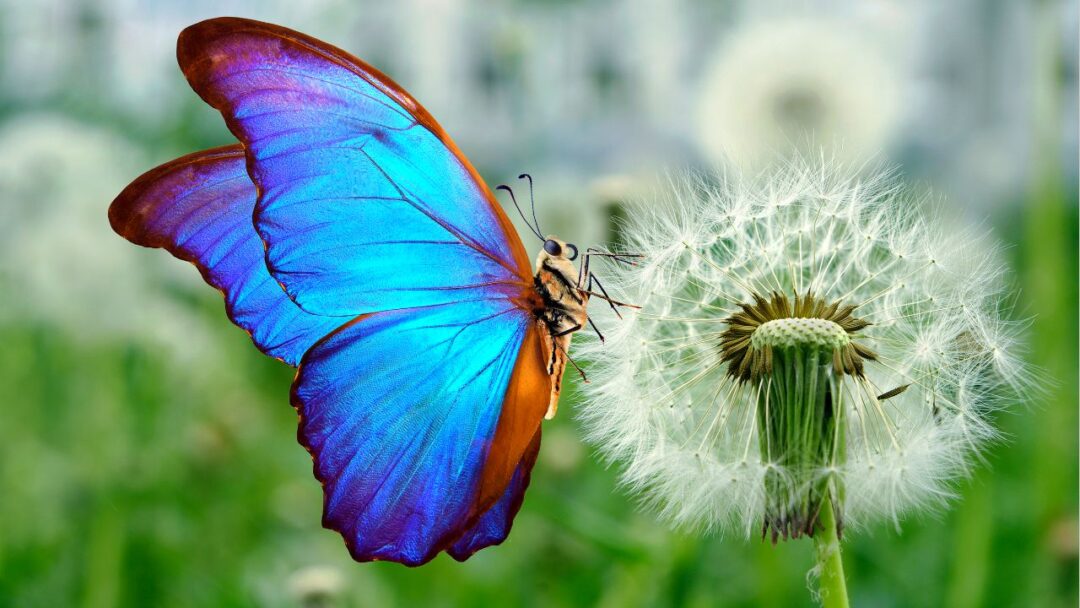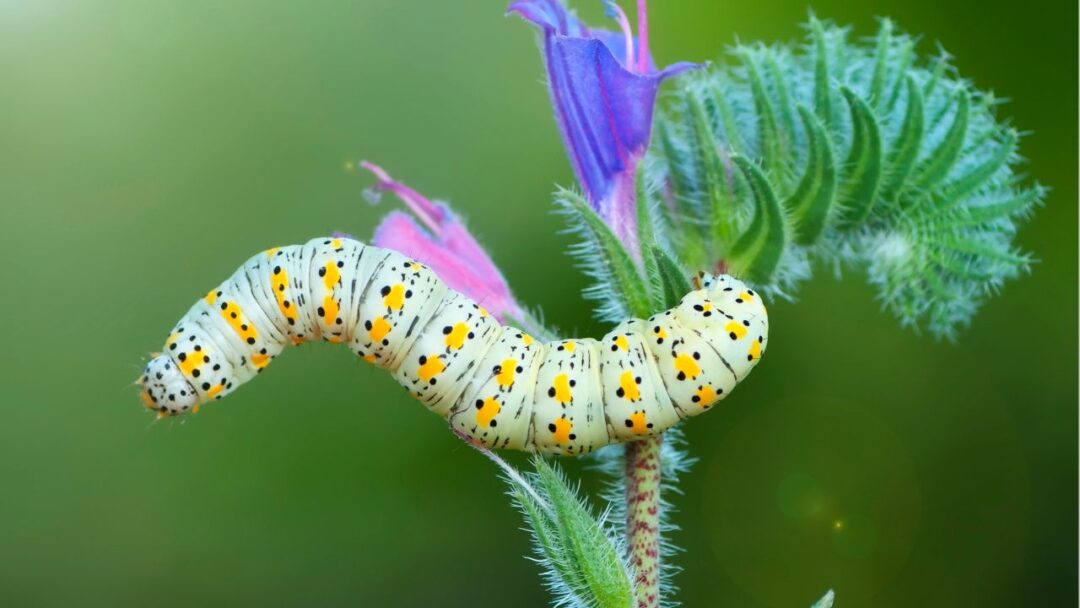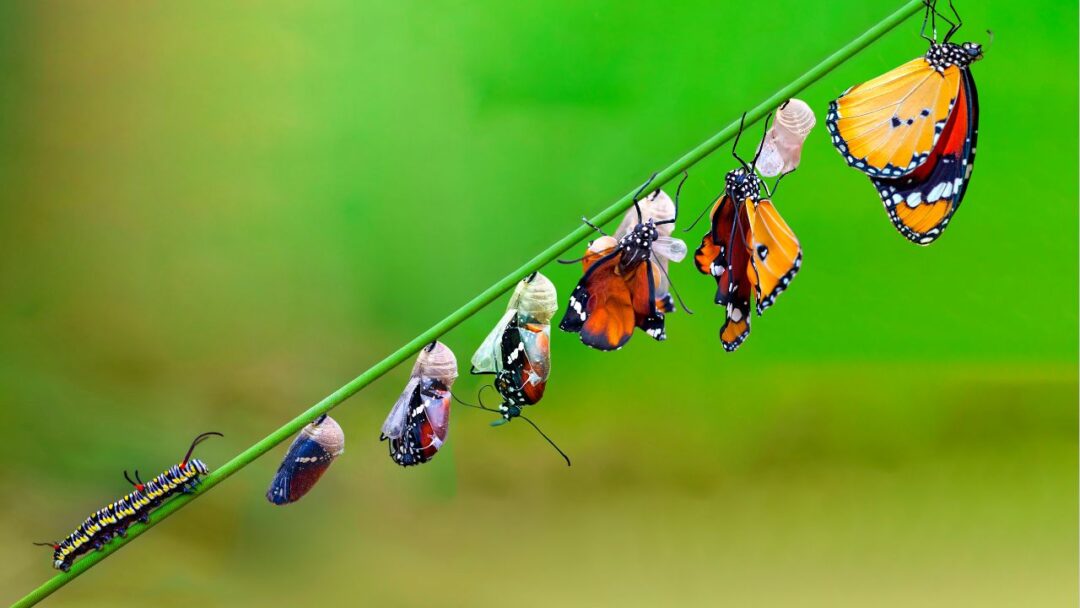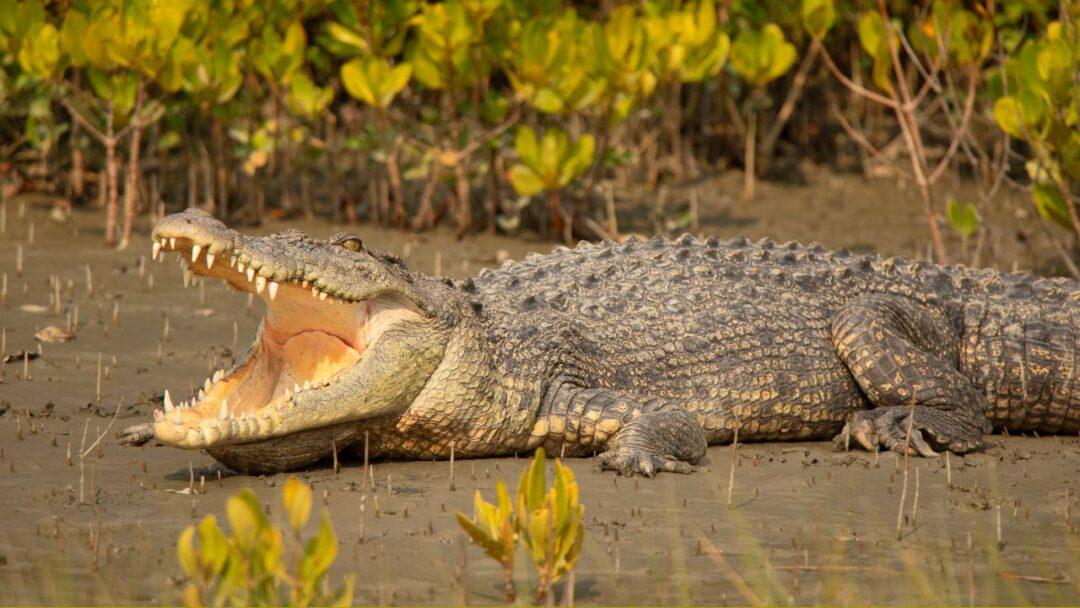Table of Contents

Introduction
The Fascinating Life Cycle of Butterflies. With their vivid colors and delicate flight, butterflies, those ethereal insects, have long captured our imagination. Their remarkable life cycle and the metamorphic process are testaments to their beauty, which goes beyond mere surface appeal. In this article, we’ll travel through the fascinating stages of a butterfly’s development and look at the increasing dangers that climate change poses. Understanding the complex interactions between these fascinating insects and their altering surroundings will help us better understand the pressing need for conservation efforts to safeguard these imperiled species.
1. The Beginning: From Egg to Caterpillar

The delicate yet potential egg is where the butterfly’s life cycle begins. We explore the subtleties of butterfly egg-laying behaviors, looking at the various tactics used by various species. From there, we follow the egg’s emergence, which brings us to the caterpillar’s larval stage. We demonstrate how these voracious eaters gear up for the transformative journey that lies ahead by highlighting the astounding diversity of caterpillar species and their feeding habits.
2. The Metamorphic Miracle: From Caterpillar to Chrysalis

The most amazing display of nature is metamorphosis, which butterflies have mastered. We decipher the complex changes taking place inside the chrysalis while investigating the magic of pupation. We shed light on the astounding cellular and physiological adaptations that occur by delving into the biological mechanisms causing this transformation. We also investigate how hormones, genetics, and environmental cues influence a butterfly’s emergence from its pupal stage.
3. The Final Act: From Chrysalis to Butterfly

The butterfly is a new life that emerges from the chrysalis. We examine the amazing physical changes that take place during this stage, such as the development of the intricate feeding organ known as the proboscis and the drying and expansion of the wings. We talk about how important this stage is for the butterfly’s survival as it transforms from a helpless creature to one that can fly, eat, and reproduce.
4. Climate Change and Butterfly Conservation
The butterfly’s life cycle shows how resilient nature is, but the looming threat of climate change presents serious difficulties. We discuss how altered weather, temperature, and precipitation patterns are upsetting the delicate ecological balance of butterfly populations all over the world. We give examples from the real world to show how these effects have been felt, including habitat loss, altered migration patterns, disrupted pollination, and increased susceptibility to disease.
5. Endangered Beauties: Iconic Butterflies at Risk
Some iconic and threatened butterflies within the rich diversity of butterfly species face an uncertain future as a result of climate change. We draw attention to illustrative examples, like the Monarch and Karner Blue butterflies, whose populations have been severely impacted. We learn more about the pressing need for conservation efforts and sustainable practices to preserve these delicate wonders by looking at their particular life cycles, ecological dependencies, and threats.
6. Conservation Efforts and a Hopeful Future
There are serious conservation initiatives being carried out all over the world to counter the dangerous effects of climate change on butterflies. We examine effective conservation initiatives that aim to safeguard butterfly habitats, restore essential breeding grounds, and increase public understanding of their ecological significance. Furthermore, we talk about how to create a future that is more sustainable and butterfly-friendly by utilizing citizen science, education, and policy advocacy.
Frequently Asked Questions (FAQ)
How long does the life cycle of a butterfly last?
Depending on the species, a butterfly’s life cycle can last anywhere from a few weeks to several months. From egg to caterpillar to pupa (chrysalis), it goes through a remarkable transformation before emerging as a stunning adult butterfly.
What is the first stage in the life cycle of a butterfly?
The egg stage is the first stage in a butterfly’s life cycle. Eggs are laid by a female butterfly on a host plant, typically on the underside of leaves. The genetic code for the upcoming butterfly is contained in these tiny, frequently rounded eggs.
How long does it take for a butterfly egg to hatch?
The time it takes for a butterfly egg to hatch can vary, but it generally ranges from a few days to a few weeks. Factors such as temperature and species influence the duration of this stage.
What happens after a butterfly egg hatches?
Upon the egg’s emergence, a caterpillar appears. The second stage of the butterfly’s life cycle is the caterpillar. It consumes a lot of leaves, grows quickly, and sheds its skin several times to accommodate its expanding size.
What is the third stage of a butterfly’s life cycle?
The pupa, also referred to as the chrysalis stage, is the third stage of a butterfly’s life cycle. The caterpillar finds a suitable spot, creates a protective covering around its body, and transforms magically inside the chrysalis.
How long does a butterfly stay in the pupa stage?
The duration of the pupa stage varies depending on the butterfly species and environmental conditions. It can last anywhere from a few days to several weeks or even months.
What happens during the pupa stage?
The caterpillar goes through a process known as metamorphosis inside the pupa. Its tissues reorganize to form the intricate body structure of a butterfly as its body disintegrates into a soupy substance.
How does a butterfly emerge from the pupa?
The butterfly begins to emerge once it has reached full development inside the pupa. The butterfly carefully pushes its way out of the pupa as it splits open, spreading its wings and giving them time to dry and become stronger before making its first flight.
How long does an adult butterfly live?
There are big differences in how long adult butterflies live between species. Depending on elements like food availability, weather, and predator threats, some may only live for a week or two while others may last for several months.
What do adult butterflies eat?
Adult butterflies primarily consume flower nectar. The sweet liquid, which gives them the energy and nutrients they need for flight and reproduction, is extracted using their long proboscises.
Do butterflies migrate?
Yes, a variety of butterfly species travel on extraordinary migratory routes. To locate suitable breeding grounds and food sources, they travel great distances. The most well-known illustration is the tens of thousands-mile annual migration of monarch butterflies.
How can I attract butterflies to my garden?
Nectar-rich flowers that bloom all year long will draw butterflies to your garden. Plant native species, include caterpillar host plants, make sunlit areas, and refrain from using pesticides. It can also be advantageous to provide a water source, such as a shallow dish filled with wet sand or pebbles.
Conclusion
The fascinating butterfly life cycle serves as a constant reminder of the complexity of nature and the precarious equilibrium that supports our planet. These beautiful creatures are, however, seriously threatened by climate change, which jeopardizes their habitats, migratory patterns, and survival. We are motivated to act, preserve biodiversity, and lessen the threats that loom over these delicate wonders as a result of our increased understanding of their life cycle and the ecological effects of climate change. Let’s work together to ensure a prosperous future where butterflies can continue to enchant us with their fleeting beauty as they dance on the wind’s whirlwinds.
Understanding Climate Change: Impact on Ecosystems and Wildlife? : NEXT POST




